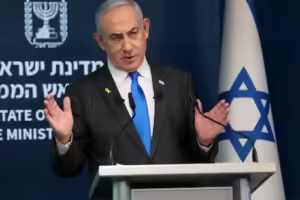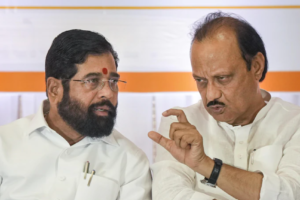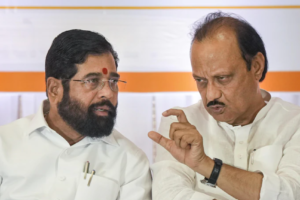- Auto
- Business
- Cinema
- Economy
- Education
- Entertainment
- Headlines
- Health
- India News
- Latest News
- Politics
- Sport
- Technology
- Uncategorized
- World News
Ram Madhav writes: In J&K, finally, a politics of possibilities

Jammu and Kashmir’s electorate has returned the National Conference to power in the recently concluded elections by giving them 42 seats in the newly delimited 90-member legislative assembly. Its alliance partner, the Indian National Congress, secured just six seats. With several independents reportedly supporting the NC, the party is in a position to form a government with or without the Congress Party.
J&K is demographically and geographically diverse. While the 10 districts of the Kashmir Valley, which send 47 legislators to the UT legislature, are home to Kashmiri Muslims — both Sunni and Shia — Jammu’s 10 districts have a mixed population. Six of them are dominated by Hindu Dogras, while the other four, two in the Pir Panchal region and two in Chenab Valley, have dominant Muslim populations including Gujjars, Bakarwals and Paharis. Kashmiri Pandits and Sikhs constitute important segments of the population. All this makes J&K’s politics complicated.
The National Conference had dominated politics in both regions till the 1996 assembly elections. But things changed with the emergence of a competitor in the Kashmir Valley in early 2000s in the form of the People’s Democratic Party (PDP) led by Mufti Mohammad Sayeed. The last three elections to the state’s legislature — 2003, 2008 and 2014 — saw fragmented mandates which led to coalition governments.
The return of one-party dominance is the significant outcome of this election. The NC’s massive victory was attributed by several pundits to its demand for the restoration of Article 370. The party’s leader Omar Abdullah has emphatically argued that the mandate was a rejection of the Centre’s August 2019 decision. The data, however, shows that while the NC managed to win a large number of seats in the Valley, its overall vote share remained at the same level as in 2008, at around 23 per cent. Moreover, in several seats, the NC won due to the division of votes among parties like the People’s Conference, the Apni Party and the AIP — all branded as pro-Delhi. The bluff of the anti-Delhi theory was called by none other than Omar Abdullah himself, when, on the day of the results, he made a somersault by proclaiming that restoration of Article 370 was not a priority. Interestingly, nobody is protesting in the Valley, proving that there are no tears to be shed for Article 370 anymore.



 English
English Hindi
Hindi Kannada
Kannada Malayalam
Malayalam Tamil
Tamil Telugu
Telugu










Hi, this is a comment.
To get started with moderating, editing, and deleting comments, please visit the Comments screen in the dashboard.
Commenter avatars come from Gravatar.
Hi, this is a comment.
To get started with moderating, editing, and deleting comments, please visit the Comments screen in the dashboard.
Commenter avatars come from Gravatar.